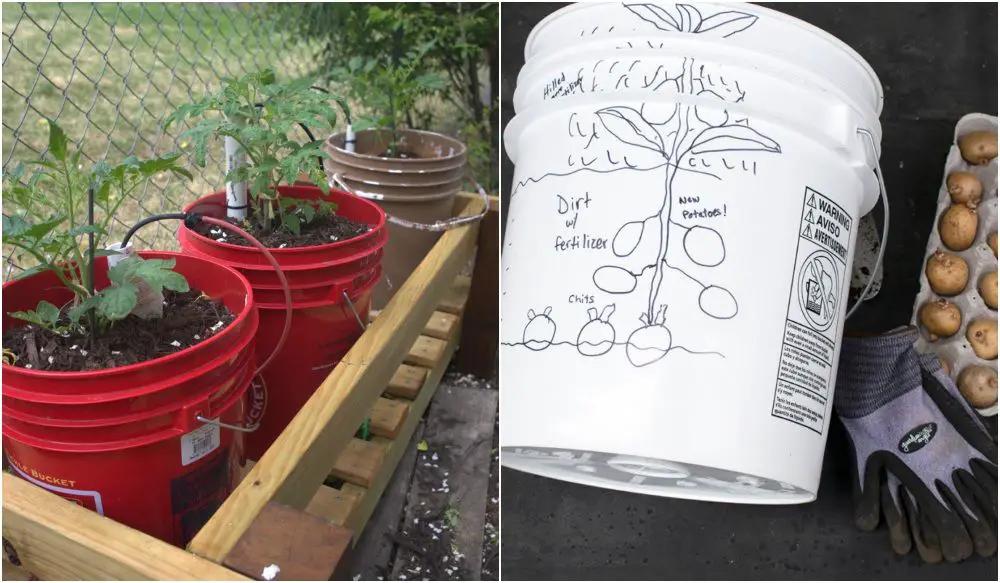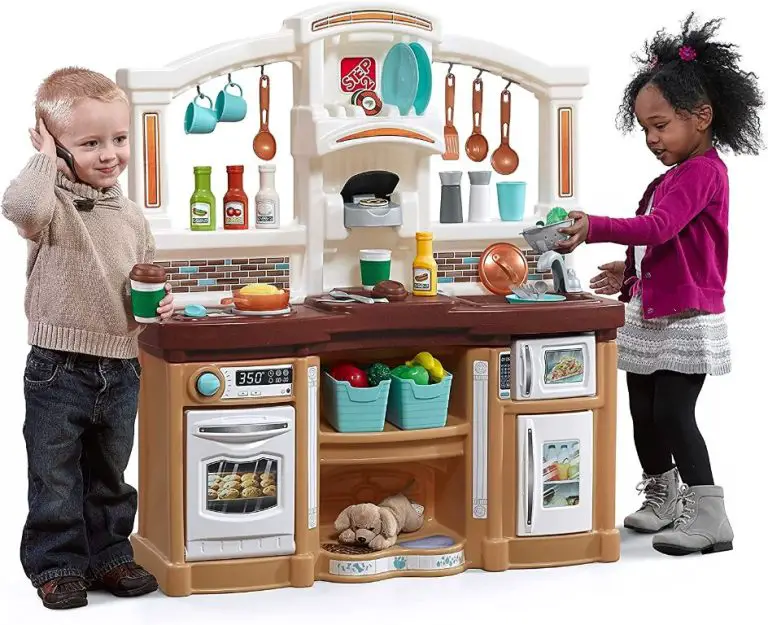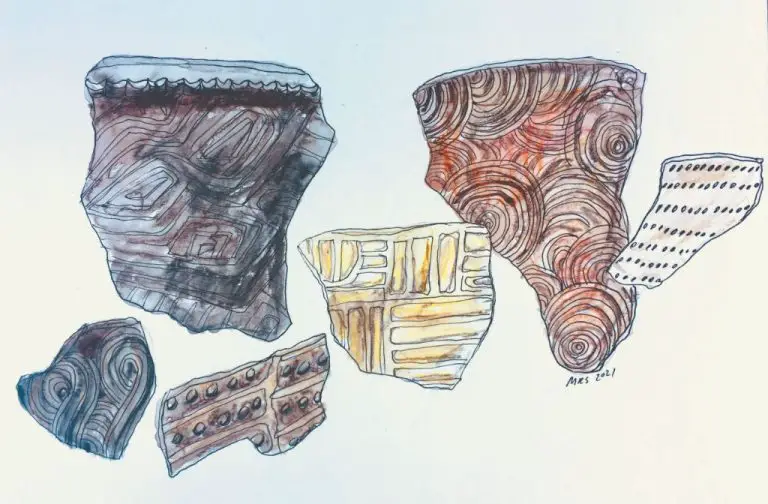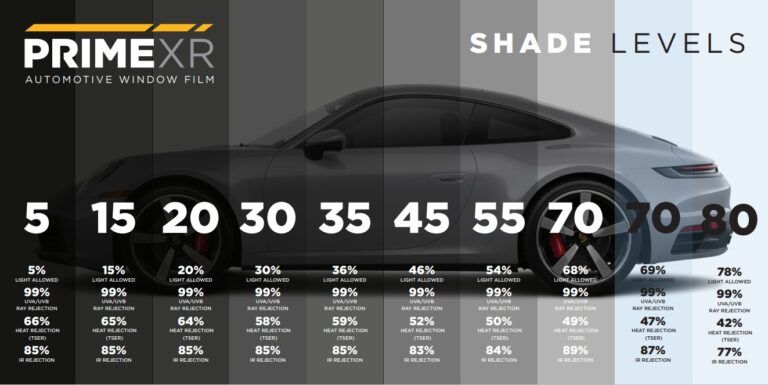Is A 5 Gallon Bucket 5 Gallons?
The 5 gallon bucket is a ubiquitous container found in many households and industries. Its standard size and shape makes it useful for a variety of purposes from storing food to mixing paint. But an important question arises – is a typical 5 gallon bucket actually 5 gallons in volume?
Understanding the true capacity of these common buckets is important for anyone using them for accurate measurements in cooking, DIY projects, emergency preparedness, and more. A difference of even a few percent between stated and actual volume could throw off recipes, material estimations, and inventory management.
In this article, we will explore the origin and manufacturing standards of 5 gallon buckets, techniques for measuring their capacity, typical tolerances, and recommendations for working with them. Knowing the real-world capacity of 5 gallon buckets helps ensure you can use them effectively.
The Origin of 5 Gallon Buckets
The 5 gallon bucket has its origins in industrial manufacturing in the early 1900s. As an article explains, metal buckets started becoming popular for commercial use in canning and food transportation. They provided an affordable and durable container for moving all kinds of goods. The standard 5 gallon size emerged because it was a manageable size for workers to carry by hand.
By the mid 1900s, plastic buckets started replacing metal as the material of choice. The standard 5 gallon size carried over. Plastic was cheaper and lighter yet still sturdy. Mass production enabled 5 gallon buckets to be widely available and inexpensive. Their usefulness and ubiquity expanded from industrial settings to households and consumers. As this article mentions, an estimated 250 million 5 gallon buckets are produced annually in the US alone. They can hold everything from paint to food, making them a versatile container for many applications.
Manufacturing Standards
There are some general manufacturing standards around 5 gallon buckets, but no regulations requiring them to be exactly 5 gallons. TheASTM D2564 standard covers specifications for molded plastic buckets, including 5 gallon sizes. This includes recommended dimensions, materials, quality controls, and testing procedures. However, it allows for reasonable manufacturing tolerances and variances. For example, it states the capacity must be at least 95% of the stated volume.
So a “5 gallon” bucket only needs to hold 4.75 gallons minimum to meet the ASTM standard. There is some regulatory oversight for accuracy of container sizes, such as by the National Conference on Weights and Measures. But again, this allows for reasonable variance from the stated volume. The focus is more on consistent sizing and fair marketing. As long as all buckets from a manufacturer are within tolerance of each other and the advertised capacity is reasonably accurate, no regulations are violated.
Overall, while there are guidelines and standards, companies have leeway on the exact capacity and dimensions. The priority is consistency and transparency for consumers, not necessarily hitting 5 gallons exactly. Variances in shape, plastic thickness, reinforcing ribs, and more allow for differences between brands and models. So “5 gallon” is primarily a marketing term rather than a regulatory requirement when it comes to buckets.
Measuring Bucket Capacity
The capacity of a 5 gallon bucket is not actually measured to the brim. Instead, it is based on the interior dimensions and volume of the bucket. According to epackagesupply.com, the standard 5 gallon bucket dimensions are 11.9″ diameter x 13.38″ height
To measure the capacity, you can fill the bucket with 1 gallon containers like milk jugs, and count how many fit. Or you can calculate the volume based on the dimensions. The volume of a cylinder is calculated by πr2h, where r is the radius and h is the height. For a standard 5 gallon bucket with a diameter of 11.9″ (radius 5.95″) and height of 13.38″, the volume comes out to 5.608 gallons.
So in summary, the 5 gallon mark is based on the internal dimensions, not filled to the brim. This allows for some variation in actual capacity based on the shape and dimensions of the bucket. But standard sizing should yield approximately 5 gallons.
Variations in Shape and Size
While 5 gallon buckets are designed to hold around 5 gallons, there can be variations in the actual capacity based on factors like the bucket’s shape, thickness, and handles 1. The most common shapes for 5 gallon buckets are cylindrical with either straight or tapered sides.

Cylindrical buckets with straight sides generally have more consistent dimensions and capacity. Tapered buckets with wider tops and narrower bottoms may hold slightly less than 5 gallons when filled to the top. Thicker plastic can also reduce interior capacity compared to thinner buckets.
The presence of handles is another variable. Built-in handles take up some internal space, while bail handles attached to the exterior have less effect. However, according to manufacturer specs, standard 5 gallon bucket capacities are reduced by only a few ounces to account for differences in shape, thickness, and handles 2.
Overall, the variability between most standard 5 gallon bucket designs is small, usually less than 5% of the total volume. So in most cases, a “5 gallon bucket” will hold very close to 5 gallons. But slight differences in dimensions are possible depending on subtle variations in bucket shape and features.
Testing Bucket Capacity
There are a few simple methods to test and measure the actual capacity of a bucket to see if it matches the labeled volume:
The most precise way is to fill the bucket with water using a measuring cup or other container with known volume markings. For example, fill the bucket from a 1 gallon jug, counting how many times the jug needs to be refilled to top off the bucket. This will provide an exact measurement of the bucket’s capacity in gallons or liters.1
Another approach is to mark measurements on the inside of the bucket. First, fill a 1 gallon container with water. Pour this into the empty bucket, and make a permanent mark at the water line. Repeat this process until the bucket is full, marking each gallon. The total number of gallons can then be read from the markings.2
For a quick estimate, a bucket can be filled with a hose or steady stream of water on full blast. When the water reaches the top edge, turn off the water and transfer that amount to gallon containers to get an approximate measurement.
There are also formulas to calculate the volume based on the bucket’s dimensions, but these may be less accurate than physically measuring the capacity by filling it.
Typical Tolerances
Although 5 gallon buckets are designed to hold 5 gallons, there is often some variance from the exact 5 gallon capacity due to manufacturing tolerances. According to ePackageSupply, the typical tolerance is ±3% of capacity. This means a standard 5 gallon bucket may hold anywhere from 4.85 to 5.15 gallons.
The variance comes from small differences in the bucket dimensions. The standard dimensions are 11.9″ diameter x 13.38″ height, but even a slight variation in these numbers will change the total capacity. For example, if the diameter is 1/8″ smaller, the capacity drops to around 4.9 gallons.
While the tolerance may seem small, it can make a difference depending on the application. When doing precise measurements or mixing, it’s important to measure the actual capacity of the specific bucket rather than assuming it’s exactly 5 gallons.
Use Cases and Expectations
Five gallon buckets have many common uses where precise capacity is not critical. For example, they are often used for general storage, organization, and transport of tools, supplies, and materials where slight variances in volume are acceptable (Rural Sprout).
However, for some applications like mixing ingredients, feeding animals, and batch processing, having the exact 5 gallon capacity can be more important. When using buckets for feeding farm animals like horses, chickens, and cows, the expected feed ration volume per bucket needs to be accurate (E Package Supply). For larger recipes, baking, brewing, and other food preparation, having precise measurements for a standard 5 gallon volume enables proper ingredient ratios and portions.
For these use cases where accuracy matters, slight variances in bucket capacity could throw off measurements. So it’s important to test and verify the actual volume. Many manufacturers provide capacity specifications that account for reasonable tolerances. As long as the variance is within the expected range, the buckets can still be effectively used for precision applications at their stated volume.
Recommendations
When accuracy is important, there are a few tips consumers can follow to get as close to 5 gallons as possible when using a standard 5 gallon bucket:
- Look for measurement lines printed inside the bucket by the manufacturer showing 1 gallon increments. Buckets designed for mixing paint or other materials often include these markings.
- Use a calibrated 5 gallon bucket specifically designed to hold an exact 5 gallons, like The Harvest Company Calibrated 5 Gallon Bucket.
- Mark your own gallon lines by filling the bucket with exactly 1 gallon of water at a time using a measuring cup, and marking the water line with a permanent marker after each increment.
- For non-critical applications like holding cleaning supplies or gardening soil, small variations from exactly 5 gallons likely won’t matter.
Following these recommendations will help ensure the most accuracy when precision matters. For general household uses, the approximate 5 gallon capacity is often sufficient.
Conclusion
When it comes to 5 gallon buckets, the key takeaway is that while they are designed and marketed as 5 gallons, the actual volume capacity can vary. Manufacturing standards allow for reasonable variance in the dimensions, which means the buckets may not hold exactly 5 gallons when precisely measured. However, for general household and industrial uses, they contain close enough to 5 gallons for the volume labeling to be considered reasonable. Understanding the potential variation allows users to adjust expectations accordingly. Choosing an appropriate bucket size and accounting for reasonable variance is important when accuracy matters. Overall, the topic illustrates how real-world measurements may differ slightly from precise claims, while still remaining useful approximations.




